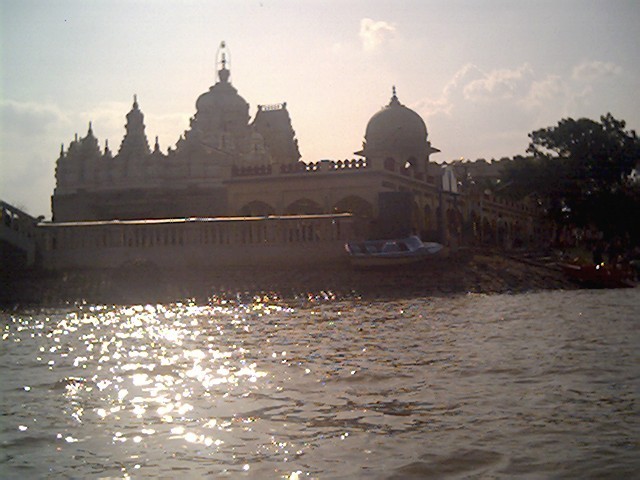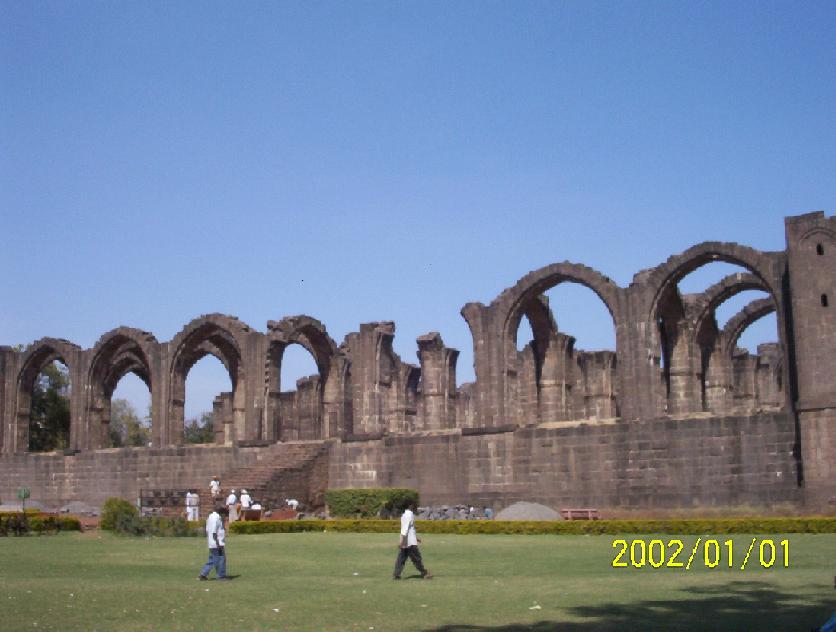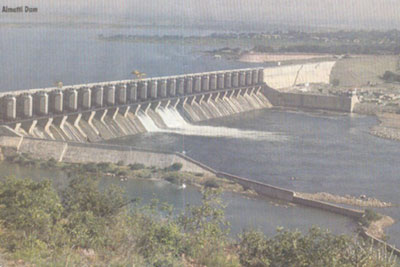

Back Select Language
 |
 |
 |
|
Kudal Sangama |
Bara Kaman , Bijapur |
Almatti Dam |
The foundation of this historic city was laid during the reign of the Chalukya dynasty of Kalyani between the tenth and Eleventh centuries. They called it Vijayapure, the “City of Victory”, from which comes its present name Bijapur.
Bijapur came under Muslim influence, first under Allaudin Khilji, the Sultan of Delhi, towards the end of the 13th century, and then under the Bahamani kings of Bidar in 1347.
In 1481, Mohammed III, one of the Bahamani Sultans, appointed Yusuf Adil Khan as the Governor of Bijapur, one of the sons of Sultan Mahmud II of Turkey. Yusuf Adil Khan fled from his country on the death of his father, to escape the massacre of crown prince in the battle for succession to the throne. Mahmud Gavan, the Prime Minister of Mohammed III, purchased him as a slave.
With the decline of the Bahamani power at Bidar, Yusuf declared his independence in 1489 and thus became the founder of Adil Shahi dynasty, which survived as a kingdom till its annexation by Mughal Emperor Aurangzed in 1686.
Bijapur experienced a great burst of architectural activity under the Adil Shahi dynasty. The Adil Shahis encouraged building activity to such an extent that Bijapur itself has over 50 mosques, more than 20 tombs and a number of palaces. The “Gol Gumbaz” one of the Seven Wonders of the World is magnificent architectural masterpiece, which attracts thousands of tourists from all over the world every year.